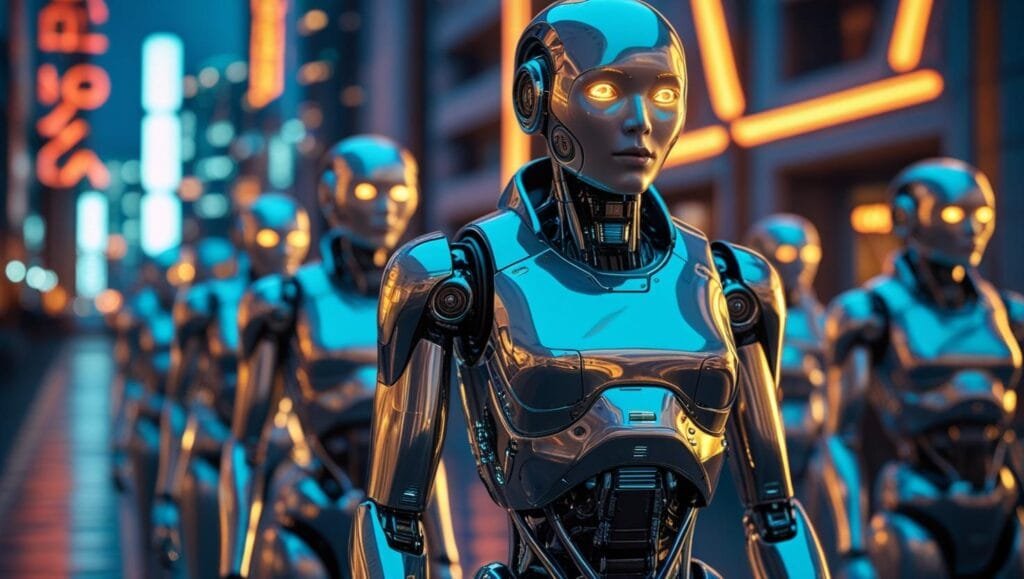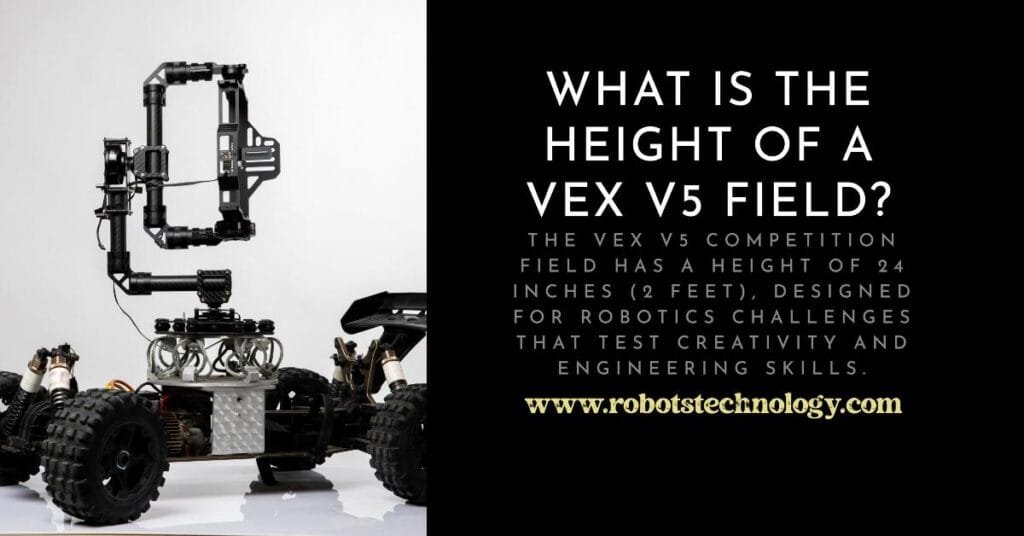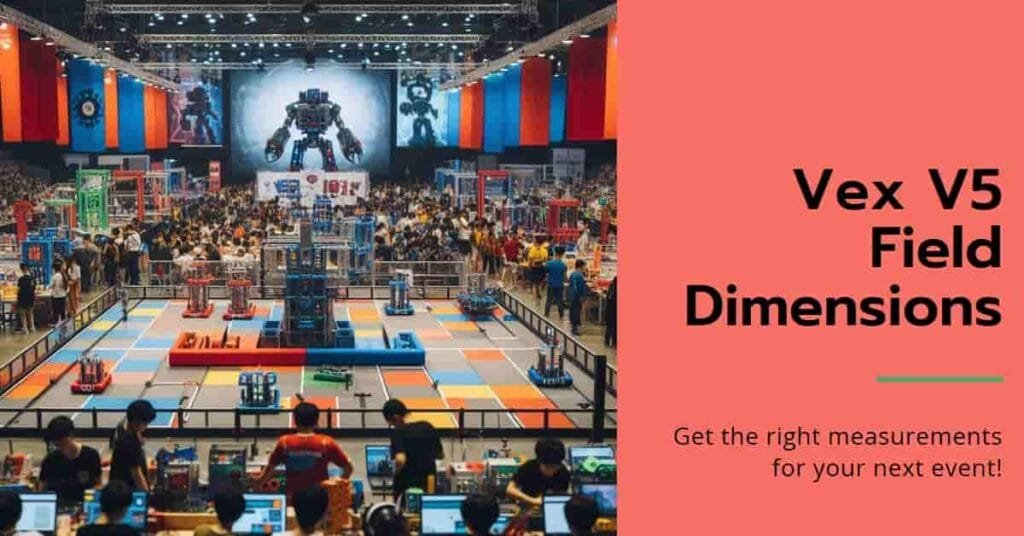High-tech artificial intelligence robots are leading technological innovation, transforming industries and expanding machine capabilities. These advanced robots, driven by state-of-the-art AI, utilize sophisticated algorithms, sensors, and computing power to perform complex tasks with greater autonomy and precision. They are revolutionizing sectors like healthcare and manufacturing, enhancing efficiency and opening new possibilities. This article explores the capabilities, applications, and significant impact of high-tech Artificial Intelligence robot on the modern world.

ALSO READ: Robotics Artificial Intelligence
What are High-Tech AI Robots?
High-tech AI robots are advanced systems integrated with artificial intelligence, enabling tasks that require human-like intelligence, adaptability, and precision. Unlike traditional robots with fixed programming, these leverage AI components like machine learning, computer vision, and natural language processing to interact, learn from data, and make autonomous decisions. Designed for complex, dynamic tasks, they are widely used in industries such as healthcare, logistics, and agriculture, expanding automation capabilities.
Role of AI in High-Tech Artificial Intelligence Robotics
Artificial intelligence serves as the backbone of high-tech robotics, empowering robots with intelligence and adaptability. The role of AI in high-tech robotics includes:
- Enhanced Decision-Making: AI enables robots to analyze data in real-time and make informed decisions, even in unpredictable environments.
- Sensory Processing: Advanced computer vision and sensor fusion allow robots to interpret complex surroundings for navigation and manipulation.
- Human Interaction: AI-driven natural language processing enables smooth communication between robots and humans, improving usability. Integrating AI into high-tech robotics produces machines that perform complex tasks, learn from experience, and collaborate with humans in innovative ways.
How is AI Used in High-Tech Robots?
AI is the driving force behind the advanced capabilities of high-tech robots, enabling them to operate with greater autonomy and sophistication. Key applications of AI in high-tech robotics include:
Computer Vision
- Advanced Object Detection: AI-powered vision systems allow robots to identify and classify objects with high accuracy, critical for tasks like autonomous picking or quality inspection.
- 3D Environment Mapping: AI processes data from LiDAR, cameras, and sensors to create detailed maps, enabling robots to navigate complex spaces like warehouses or urban areas.
- Gesture Recognition: High-tech robots use AI to interpret human gestures, enhancing collaborative tasks in industries or homes.
Natural Language Processing (NLP)
- Conversational Interfaces: NLP enables robots to understand and respond to voice or text commands, making them intuitive for users.
- Context-Aware Responses: AI analyzes context and intent in human speech, allowing robots to provide relevant and personalized interactions.
- Multilingual Support: High-tech robots can process multiple languages, broadening their applicability in global settings.
Machine Learning
- Adaptive Learning: Machine learning algorithms allow robots to improve performance over time by analyzing data and adapting to new scenarios.
- Reinforcement Learning: Robots learn complex tasks, such as robotic arm manipulation or locomotion, through trial and error.
- Anomaly Detection: AI monitors sensor data to identify irregularities, enabling predictive maintenance and quality control.
How Do High-Tech Robots and AI Work Together?
High-tech AI robots represent a significant advancement in the field of robotics because they combine the sophisticated mechanics of advanced robotic systems with cutting-edge artificial intelligence technologies. AI provides the intelligence for robots to:
- Sense: Using sensors and computer vision, robots perceive their environment, detecting objects, obstacles, or changes in real-time.
- Think: Machine learning and reasoning algorithms process data to make decisions, plan actions, and adapt to new situations.
- Act: Robots execute tasks with precision, from delicate surgical procedures to heavy-duty industrial operations.
AI in high-tech robots is categorized into:
- Weak AI: Used for specific tasks with predefined responses, such as voice-activated assistants in robots.
- Strong AI: Enables robots to perform complex, unsupervised tasks, like autonomous drones or humanoid robots.
- Specialized AI: Tailored for niche applications, such as precision agriculture robots or robotic inspectors in manufacturing.
Types of Robots
When combined with AI, robots help businesses innovate and transform their operations. Here are some common types of AI-powered robots. Autonomous Mobile Robots (AMRs).
As AMRs move through their environment, AI helps them to perceive surroundings, make decisions, and navigate safely.
- Capture information through 3D cameras and LiDAR sensors.
- Analyze the gathered information.
- Make inferences based on their environment and mission.
- Move or act to deliver the best outcome.
AI-empowered AMRs perform a variety of tasks depending on the industry. For example, in warehouses, they move inventory while avoiding collisions with humans or obstacles and determining optimal paths for efficient task completion.
Humanoids
Many mobile humanoid or service robots can be categorized as Autonomous Mobile Robots (AMRs), but the term “AMR” is more specifically used to describe robots that are designed to execute functions centered around human activities and often possess human-like physical features. These robots utilize advanced technologies—such as sophisticated sensors, cameras, and AI-driven algorithms—to perceive their environment, process complex data, and make autonomous decisions. They are capable of navigating through dynamic and unpredictable spaces by sensing obstacles, planning safe paths, and executing precise movements.
Articulated Robots
Articulated robots, commonly referred to as robotic arms, are sophisticated mechanical devices designed to imitate the complex movements and functionalities of a human arm. These robotic systems are often equipped with multiple joints and segments that allow for a high degree of flexibility and a wide range of motion, enabling them to perform precise tasks in various industrial and medical applications. The integration of artificial intelligence (AI) into these robotic arms significantly enhances their capabilities by allowing them to operate more efficiently, quickly, and with greater accuracy compared to human performers.
Cobots
AI enables cobots, or collaborative robots, to respond to and learn from direct human interactions like speech and gestures without worker assistance. Cobots work alongside humans, moving slower than traditional robots to ensure safety. They are designed to handle lighter tasks than traditional robots used in demanding jobs such as manufacturing.
Hybrids
The various categories of robots, which are often distinguished based on their design, functionality, and application areas, are frequently combined to create hybrid systems that are capable of performing more complex and sophisticated tasks. For example, Autonomous Mobile Robots (AMRs), which are designed to navigate and transport items within dynamic environments, can be integrated with robotic arms—mechanical appendages that can manipulate objects with precision and dexterity—to efficiently handle packages in a warehouse setting.
ALSO READ: The Rise of Robotics
Benefits of High-Tech AI Robots
High-tech AI robots offer transformative benefits, making them indispensable across industries.
1. Advanced Capabilities
- Complex Task Execution: AI enables robots to tackle intricate tasks, such as performing surgeries or assembling microelectronics, with unmatched precision.
- Continuous Learning: Machine learning allows robots to adapt to new challenges, improving performance without manual reprogramming.
2. Enhanced Efficiency and Productivity
- Task Automation: High-tech AI robots automate repetitive or time-consuming tasks, boosting productivity in industries like logistics and manufacturing.
- Precision and Accuracy: AI-driven robots reduce errors, ensuring high-quality outcomes in tasks like quality control or assembly.
3. Improved Safety and Reliability
- Hazardous Operations: High-tech robots can operate in dangerous environments, such as chemical plants or disaster zones, protecting human workers.
- Safe Collaboration: AI enables robots to work safely alongside humans by utilizing advanced sensors that can accurately detect the presence of people and other objects in their environment.
Applications of High-Tech AI Robots
High-tech AI robots are revolutionizing industries by enabling autonomous, intelligent operations. Key applications include:
- Autonomous Navigation: Robots navigate complex environments, such as delivery drones or warehouse robots, using AI for real-time decision-making.
- Precision Agriculture: AI robots monitor crops, optimize planting, and automate harvesting, increasing yield and sustainability.
- Medical Robotics: AI-powered robots assist in surgeries, diagnostics, and patient care, improving precision and outcomes.
- Quality Assurance: Robots use computer vision to inspect products for defects, ensuring high standards in manufacturing.
- Disaster Response: AI robots are specially designed machines equipped with advanced sensors, artificial intelligence, and mobility features that allow them to operate effectively in highly dangerous and unpredictable environments.
- Collaborative Robotics: Robots work alongside humans in factories or offices, handling repetitive tasks to boost efficiency.
- Personalized Services: AI robots provide tailored customer experiences in retail, hospitality, or home assistance.
Real-Life Applications of High-Tech AI Robots
High-tech AI robots are already making a significant impact across various sectors:
- Healthcare: The da Vinci Surgical System uses AI to assist surgeons in minimally invasive procedures, enhancing precision and reducing recovery times.
- Logistics: Amazon’s Kiva robots use AI to navigate warehouses, optimizing inventory management and order fulfillment.
- Agriculture: AI-powered robots like those from John Deere monitor crops and automate tasks like planting or spraying.
- Customer Service: Robots like Pepper from SoftBank use NLP to interact with customers in retail or hospitality settings.
- Disaster Response: Drones equipped with AI, such as those used by emergency services, map disaster zones and locate survivors.
- Manufacturing: Fanuc’s AI robots perform tasks like welding and assembly with high precision, improving production efficiency.
- Home Assistance: AI-powered robots like Roomba use computer vision and machine learning to navigate and clean homes autonomously.
Conclusion
High-tech artificial intelligence robots are transforming automation by combining advanced robotics with AI to create intelligent, adaptable machines. They are changing industries such as surgery and logistics, increasing efficiency and safety. As AI and robotics advance, high-tech AI robots will be crucial in developing smarter, more efficient automation seamlessly integrated into daily life.

